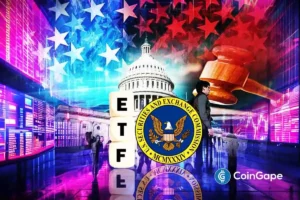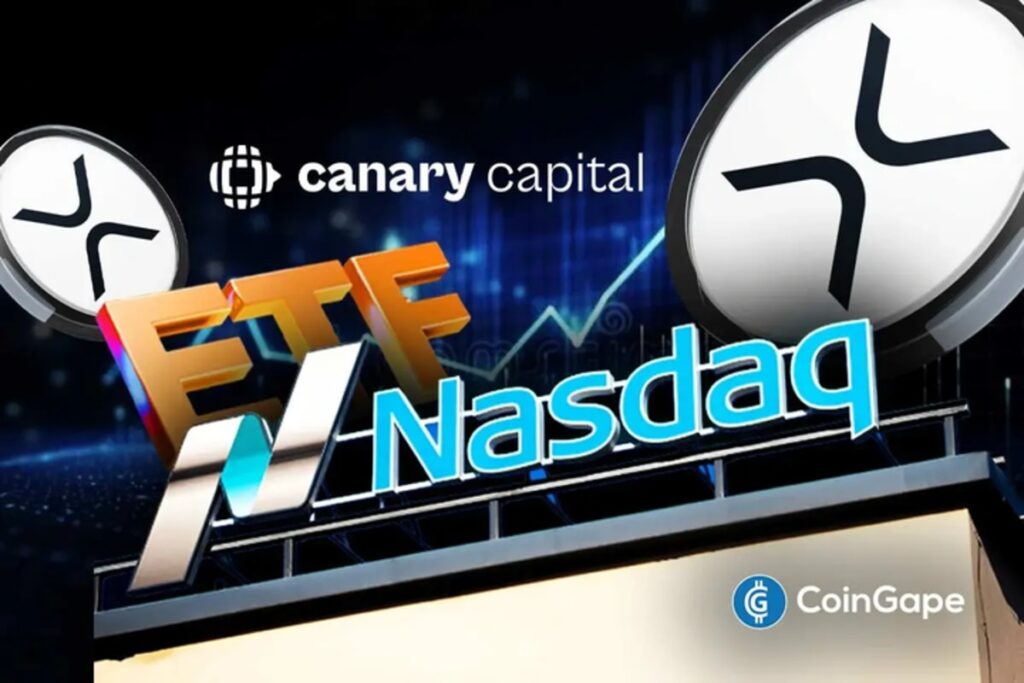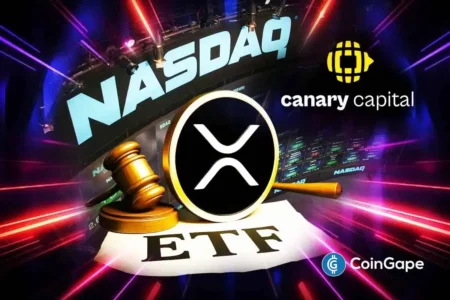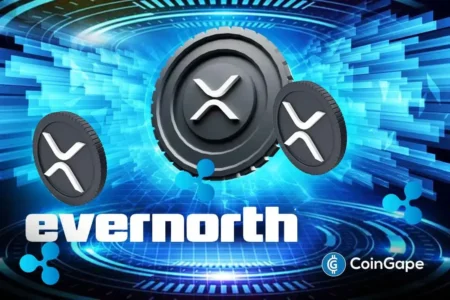The Canary XRP ETF (XRPC) Debut: A Game-Changer in Crypto Investments
On November 14, 2025, the Canary XRP ETF (XRPC) made a historic debut in the volatile world of cryptocurrency. It not only smashed records but also captured the attention of market analysts and investors alike. With an impressive first-day trading volume exceeding $59 million and a remarkable $245 million in net inflows, XRPC has successfully established itself as a frontrunner among exchange-traded funds, even outpacing well-known products like the Solana ETF (BSOL). This achievement was hailed as a “big day” by Canary Capital, the firm behind the ETF, despite a simultaneous dip in the price of XRP.
The debut of XRPC is particularly noteworthy as it set the benchmark for day-one trading performance among the approximately 900 ETF launches in 2025. According to Bloomberg ETF analyst James Seyffart, the trading volume surpassed that of the Bitwise Solana Staking ETF (BSOL) which recorded $57 million on its first day. This strong performance on a day when many crypto assets were experiencing price declines indicates a significant level of interest and investor confidence in the newly-launched XRP ETF.
Record-Breaking Inflows and Market Sentiment
Canary Capital’s CEO, Steven McClurg, expressed his excitement regarding the massive influx of capital into XRPC. The inflows have surpassed those of several established spot Bitcoin ETFs, including the $111.7 million BlackRock Bitcoin ETF (IBIT) and the $237.9 million generated by Bitwise (BITB). McClurg noted that while their ETF recorded $245 million in inflows, the day-one trading volume of $59 million does not encapsulate the complete picture. This is attributed to "in-kind creations," a mechanism utilized in ETF operations that influences capital flow but doesn’t necessarily reflect trading volume.
The fintech company had previously anticipated robust demand around the XRP ETF, which was validated by its successful launch. Analysts had expected a solid showing due to the strong market capitalization and trading volumes associated with the Ripple coin. McClurg’s insights alluded to a combination of surging investor appetite for XRP and the favorable market conditions, setting the stage for a promising venture in crypto asset management.
The Price Movement of XRP
Despite the overwhelming success of the ETF in terms of inflows and trading volume, the price of XRP did not mirror this excitement. In a surprising turn, XRP experienced a decline of over 8%, trading at $2.30 at the time of the ETF’s launch. The cryptocurrency saw price fluctuations between $2.28 and $2.52 over a 24-hour period. Interestingly, trading volumes for XRP spiked by more than 40% in the same timeframe, suggesting that while sentiment towards the ETF was positive, investor behavior around the underlying asset was mixed.
Additionally, the total XRP futures open interest, which provides insights into the market sentiments surrounding futures contracts, dropped by 3% to $3.71 billion. This decline illustrated potential apprehension among futures traders who may be adjusting their strategies in light of the current market dynamics. The futures open interest on platforms such as CME and Binance saw reductions of over 6% and 5%, respectively, reinforcing the notion that market fluctuations heavily influence trading decisions even amid the positive sentiment surrounding the ETF.
Comparisons with Solana and Broader Crypto Market Trends
As XRP faced its own price challenges, Solana (SOL) also recorded a decline of about 8% within the same timeframe, trading at $143.56. Its 24-hour price action spanned from lows of $141.40 to highs of $156.99. This declining sentiment across the crypto spectrum raises questions about the broader factors influencing market psychology, particularly when new investment vehicles like ETFs are introduced.
The performance of the Canary XRP ETF compared to the Bitwise Solana ETF was a central theme in analysts’ discussions. While XRPC succeeded in attracting record inflows, it remains essential to analyze how its foundational cryptocurrency, XRP, fares compared to competitors like Solana in terms of overall investor interest and price resilience. The contrasting behaviors of these two assets may shed light on broader market trends and investor preferences within the evolving landscape of cryptocurrency.
Implications for Future XRP Investments
The introduction of the Canary XRP ETF serves as a crucial milestone for XRP and the crypto investment ecosystem. While the ETF’s inaugural performance has set new records and indicated a robust appetite for XRP-based investments, the concurrent decline in XRP’s price raises critical concerns that investors should take note of. The diverging trends highlight the complexities and risks inherent in cryptocurrency investments, especially in a space known for its volatility.
Looking ahead, the ongoing performance of the XRPC ETF will be pivotal in shaping investor sentiment. Sustained inflows could bolster XRP’s market position, providing a potential cushion against price declines. Conversely, if XRP continues to face downward pressure, it may create a challenging environment for the ETF’s long-term performance. As investors evaluate opportunities in XRP and other cryptocurrencies, understanding the interplay between ETF performance and the underlying asset will be crucial.
The Future of Crypto ETFs
As the crypto market matures, ETFs like the Canary XRP are likely to play a significant role in attracting mainstream investors. Their debut success signifies a gradual shift towards institutional acceptance of cryptocurrencies, offering a regulated avenue for exposure. The intriguing dynamics between ETFs and underlying asset performance will continue to attract attention, fueling discussions about the trajectory of both XRP and the broader cryptocurrency market.
In conclusion, the Canary XRP ETF’s launch was indeed marked by exceptional inflows and trading volume, yet it coincided with lingering challenges for XRP itself. This juxtaposition emphasizes the multifaceted nature of crypto investments, where ETF performance does not always predict the health of the underlying asset. As investors navigate this complex environment, continued research and analysis will be vital for making informed decisions as both XRP, and the broader market, adapt to ongoing changes.
















